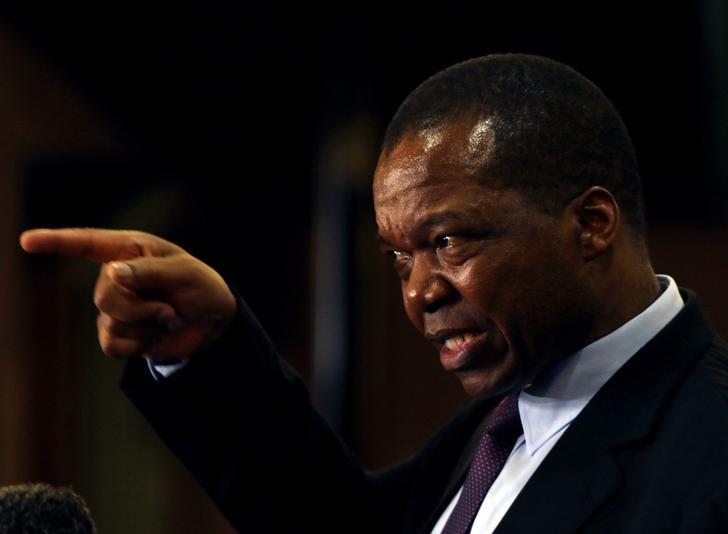Zim’s financial products access increases to 83 pc, RBZ
ZIMBABWEAN’s access to financial products significantly improved to 83 percent as the Reserve Bank of Zimbabwe’s (RBZ) financial inclusion drive begins to yield positive results.
The National Financial Inclusion Strategy introduced in 2016, has mainly been buoyed by the growing mobile penetration as the youths and women subscribe to the country’s existing mobile money services.
At the recently held Investor Forum, RBZ Deputy Governor, Jesimeni Chipika, said Micro, Small, and Medium Enterprises (MSME) FinScope Survey, which measures financial inclusivity revealed that the formally banked population grew to 46 percent from 24 percent in 2011.
On the flip side, financial inclusion in the non-formal banking segment which encompass mobile money, insurance services and equity market, recorded growth of 37 percent in 2022 from 14 percent in 2011.
As it stands, financial exclusion went down from 40 percent to a modest 12 percent.
Formal and non-formal banking combined saw financial inclusion in Zimbabwe at 83 percent against a target of 90 percent as set by the central bank.
Notable mobile penetration in the country has been credited for the significant strides in driving the financial inclusion agenda.
According to the Postal and Telecommunications Regulatory Authority (POTRAZ) quarterly overview, mobile penetration stood at 94, 4 percent while the country’s active mobile subscribers base stood at 14, 26 million, and smartphone penetration closed the first quarter at 53 percent.
Access to services offered by financial institutions has always been difficult for the vulnerable groups consisting of the unemployed and low-income earners in Zimbabwe and the world over.
These vulnerable groups find themselves excluded from financial services due to access barriers but the terrain has shifted significantly with the advent of mobile banking, and a significant population now enjoys the same basket of financial services through mobile banking.
“Mobile money innovation helped us to drive financial inclusion agenda in Zimbabwe and we are grateful to our mobile network operators for that as it has helped significantly to bring the rural population on board, they depend more on mobile money services.
“We are doing well because our target of 90 percent was very ambitious now at 83 percent we are happy with that,” said Dr Chipika.
The results revealed that low-income people are willing to adopt mobile banking since it is easily accessible, convenient, cheaper and easy to use and secure.
According to the 2022 FinScope survey, 93 percent of the population in urban areas are financially included while rural areas’ financial inclusion is at 78 percent.
Gender wise males at 84 percent were more financially included than their female counterparts at 83 percent, which is a closing gap between the two genders than before.
By age, adults above the age of 36 constitute 85 percent of the financially included while youth participation stood at 83 percent.
The two metropolitan provinces, Bulawayo and Harare ranked high in financial inclusion while the number of financially excluded was highest in Matabeleland North and South provinces.
The Deputy Governor, however, emphasised the need to give special attention to the two provinces, which were lagging behind in the financial inclusion drive.
Recently, NetOne chief executive, Raphael Mushanawani at the firm’s annual general meeting, indicated that the company was looking at crafting mechanisms that enhance financial inclusion on their network through the introduction of affordable products to their clientele.
“Financial inclusion is at the core of NetOne’s thrust and the one money platform is capable to provide banking solutions for the unbanked population of the country going forward.
“Through one money services and money remit the network has seen subscriber base growth and we are seeing one money being able to play a pivotal role in supporting this drive,” said Mr Mushanawani.
Critically exclusion of MSMEs came down from 43 percent to three percent as the informal sector was greatly introduced banking services.
Mobile banking system has proved to be ideal for youths and women in remote areas given easy access due to affordability and convenience and faster means of sending and receiving money.-ebusinessweekly










